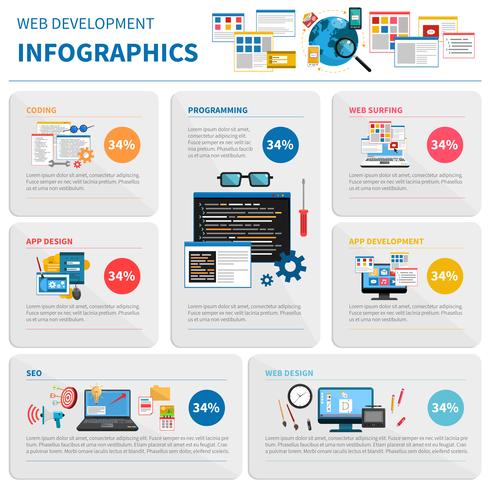Intrigued In Discovering Just How Site Layout Has Progressed Over The Years? Check Out The Journey From Standard, Straightforward Layouts To User-Centric User Interfaces That Focus On The Site Visitor'S Experience
Intrigued In Discovering Just How Site Layout Has Progressed Over The Years? Check Out The Journey From Standard, Straightforward Layouts To User-Centric User Interfaces That Focus On The Site Visitor'S Experience
Blog Article
Material By-Abel Vangsgaard
In the past, sites were simple and concentrated on info. Navigating was direct, and layout was for desktops. Currently, have a peek at this site is crucial. Information overviews styles for very easy navigating. Receptive designs suit various gadgets. Today, dark setting reduces pressure, and minimalist menus improve navigation. Interactive features involve individuals, and vibrant visuals stand apart. AI integration improves involvement. See exactly how design has actually evolved to boost your online journey.
Very Early Days of Web Design
In the very early days of website design, simplicity preponderated. Websites were standard, with minimal colors, fonts, and layouts. The focus was on offering info as opposed to fancy visuals. Users accessed the internet through slow-moving dial-up links, so rate and functionality were crucial.
Navigation food selections were straightforward, generally situated on top or side of the page. Web sites were created for desktop, as mobile browsing wasn't yet common. Content was king, and developers focused on easy readability over complicated layout aspects.
HTML was the main coding language used, and designers needed to work within its restraints. Computer animations and interactive functions were minimal contrasted to today's standards. Sites were static, with little vibrant material or individualized user experiences.
Surge of User-Focused Style
With the advancement of website style, a change towards user-focused layout concepts has ended up being increasingly famous. Today, developing internet sites that prioritize user experience is crucial for engaging visitors and attaining organization objectives. User-focused layout entails comprehending the needs, preferences, and habits of your target market to tailor the web site's format, web content, and features appropriately.
Developers currently perform extensive study, such as user studies and usability testing, to gather insights and comments directly from users. This data-driven strategy assists in creating user-friendly navigating, clear calls-to-action, and visually enticing interfaces that reverberate with site visitors. By placing the customer at the center of the design process, internet sites can supply a more personalized and pleasurable experience.
Responsive design has actually likewise become a crucial facet of user-focused design, making certain that internet sites are maximized for various tools and screen dimensions. This adaptability improves availability and usability, accommodating the diverse methods individuals interact with internet sites today. Basically, ada guidelines for websites of user-focused style indicates a shift in the direction of developing digital experiences that prioritize the needs and expectations of the end customer.
Modern Trends in Web Design
Check out the most up to date trends shaping web design today. One prominent fad is dark setting design, using a smooth and contemporary appearance while lowering eye stress in low-light environments. One more key pattern is minimal navigation, streamlining menus and improving user experience by focusing on essential elements. Including micro-interactions, such as animated switches or scrolling effects, can create an extra engaging and interactive site. Responsive design stays important, making sure seamless customer experiences across numerous tools. Additionally, making use of bold typography and asymmetrical formats can include visual interest and draw attention to particular content.
Integrating AI technology, like chatbots for client support or individualized suggestions, enhances individual interaction and improves procedures. Access has likewise come to be a substantial trend, with designers prioritizing comprehensive layout techniques to accommodate diverse individual requirements. https://contentmarketingcalendart28406.bloggerbags.com/35040043/maximize-your-site-s-possibility-with-on-page-search-engine-optimization-secrets-that-transform-your-online-visibility-and-astound-target-markets by enhancing site efficiency for rate and efficiency is another emerging trend in web design. Teaming up with user feedback and information analytics to repeat and boost style constantly is crucial for staying relevant in the ever-evolving electronic landscape. By welcoming these contemporary fads, you can create a visually appealing, straightforward web site that resonates with your target market.
Conclusion
As you reflect on the advancement of website layout from the early days to now, you can see just how user-focused design has actually come to be the driving force behind modern-day patterns.
Welcome the trip of adjustment and adjustment in website design, constantly keeping the user experience at the center.
Stay current with the most up to date fads and innovations, and never ever quit developing your method to create aesthetically stunning and easy to use web sites.
Advance, adjust, and develop - the future of website design is in your hands.
